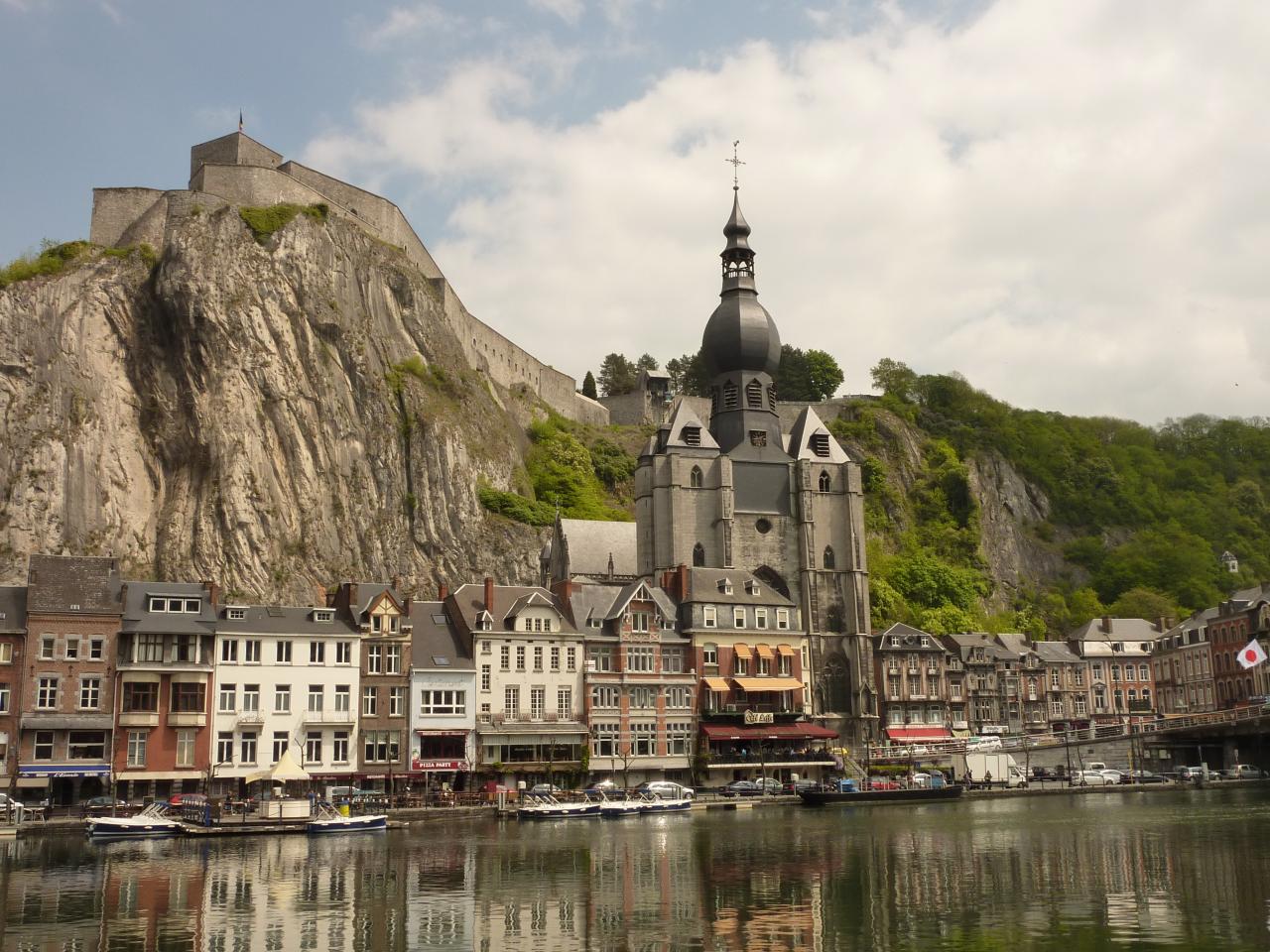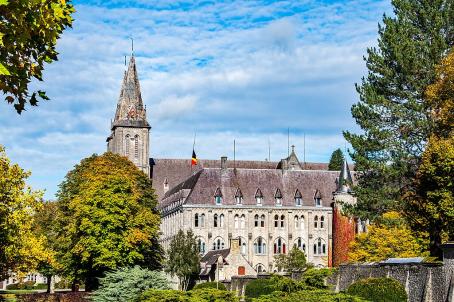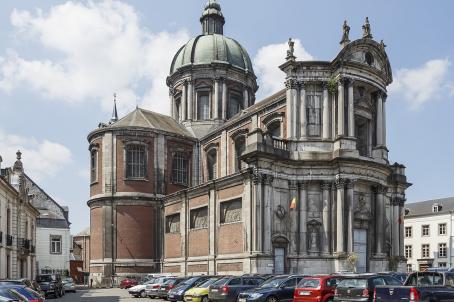Collegiate Church of Our Lady of Dinant

The Collegiate Church of Our Lady of Dinant was built in the 13th and 14th centuries, replacing a previous Romanesque church. Several events damaged the building, such as the sacking of Dinant in 1466 by Philip the Good and the passage of the troops of the Duke of Nevers in 1554. The collegiate church was completely restored in the 19th century under the direction of the architects Schoonejans, Jules-Jacques Van Ysendyck and Auguste Van Assche, whose work aimed to restore the stylistic unity of the 13th century. After being damaged by German troops during the First World War, the church had to be restored once again by the architect Chrétien Veraart between 1919 and 1923.





